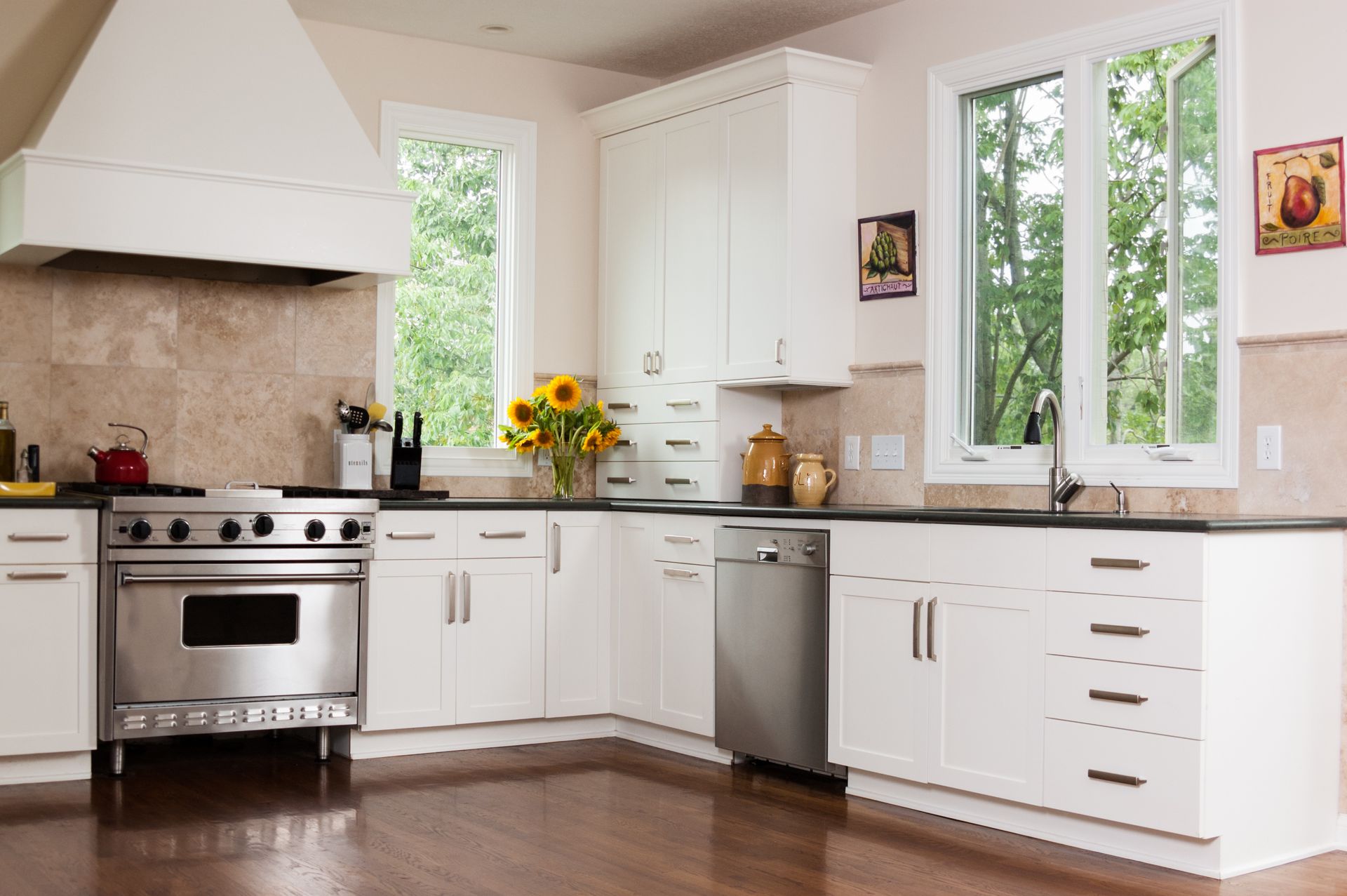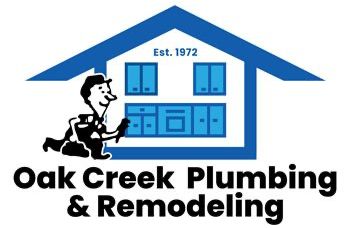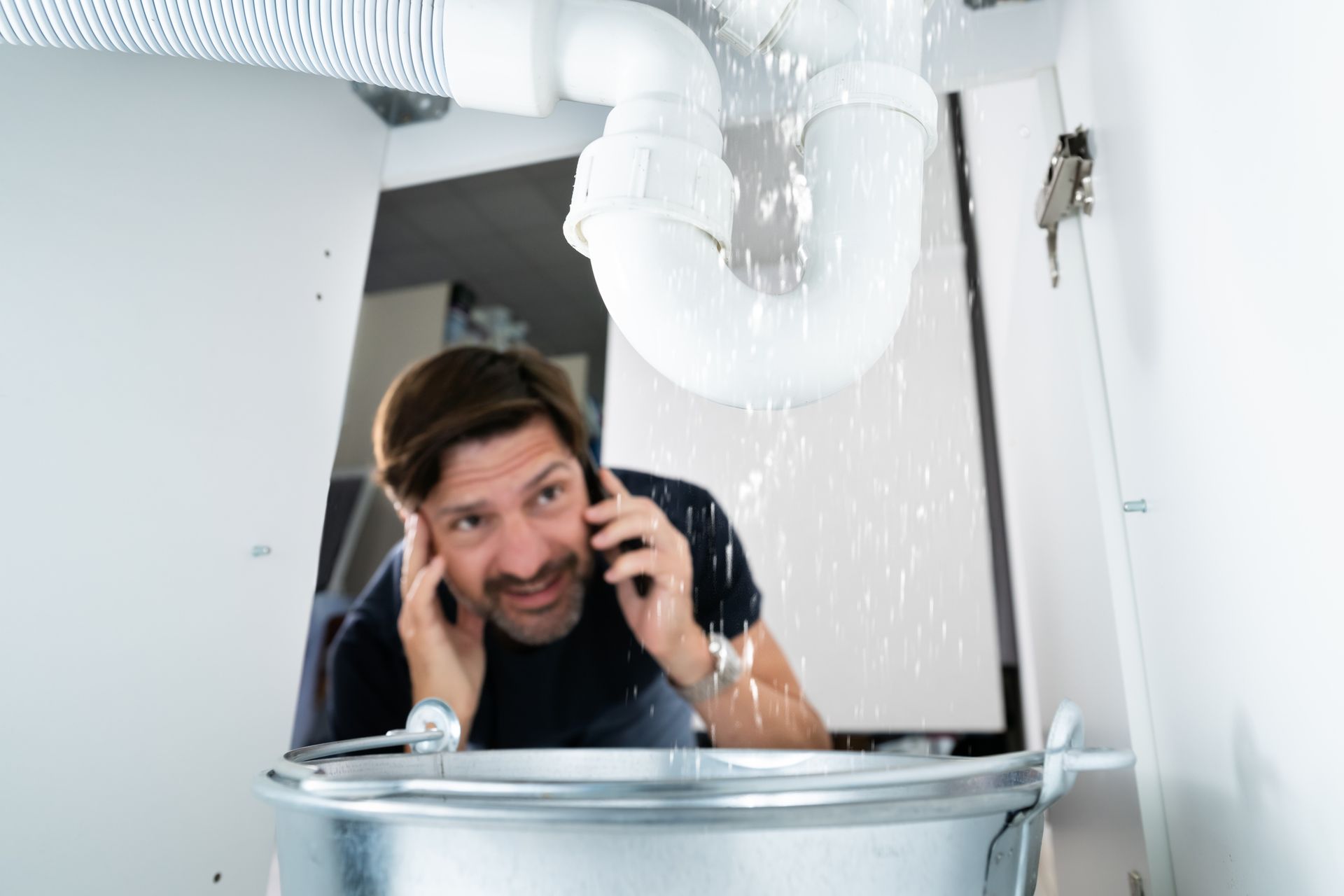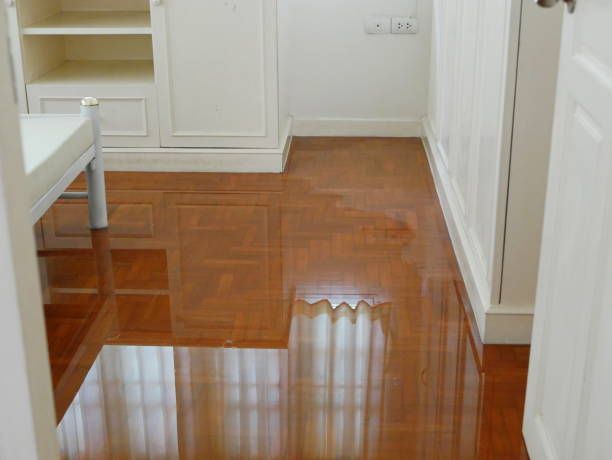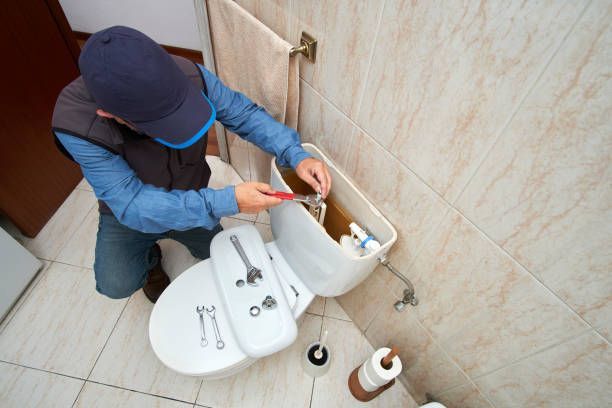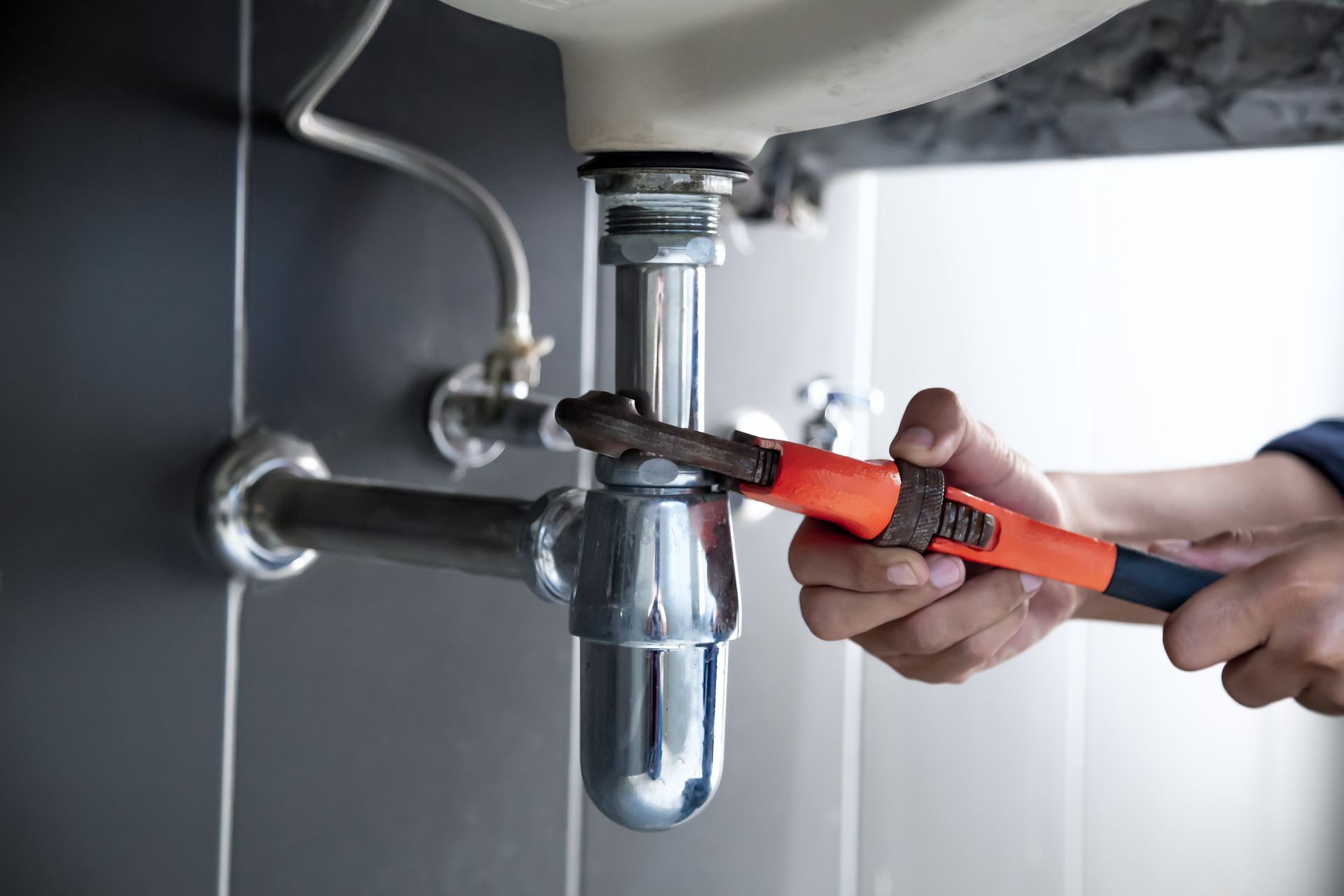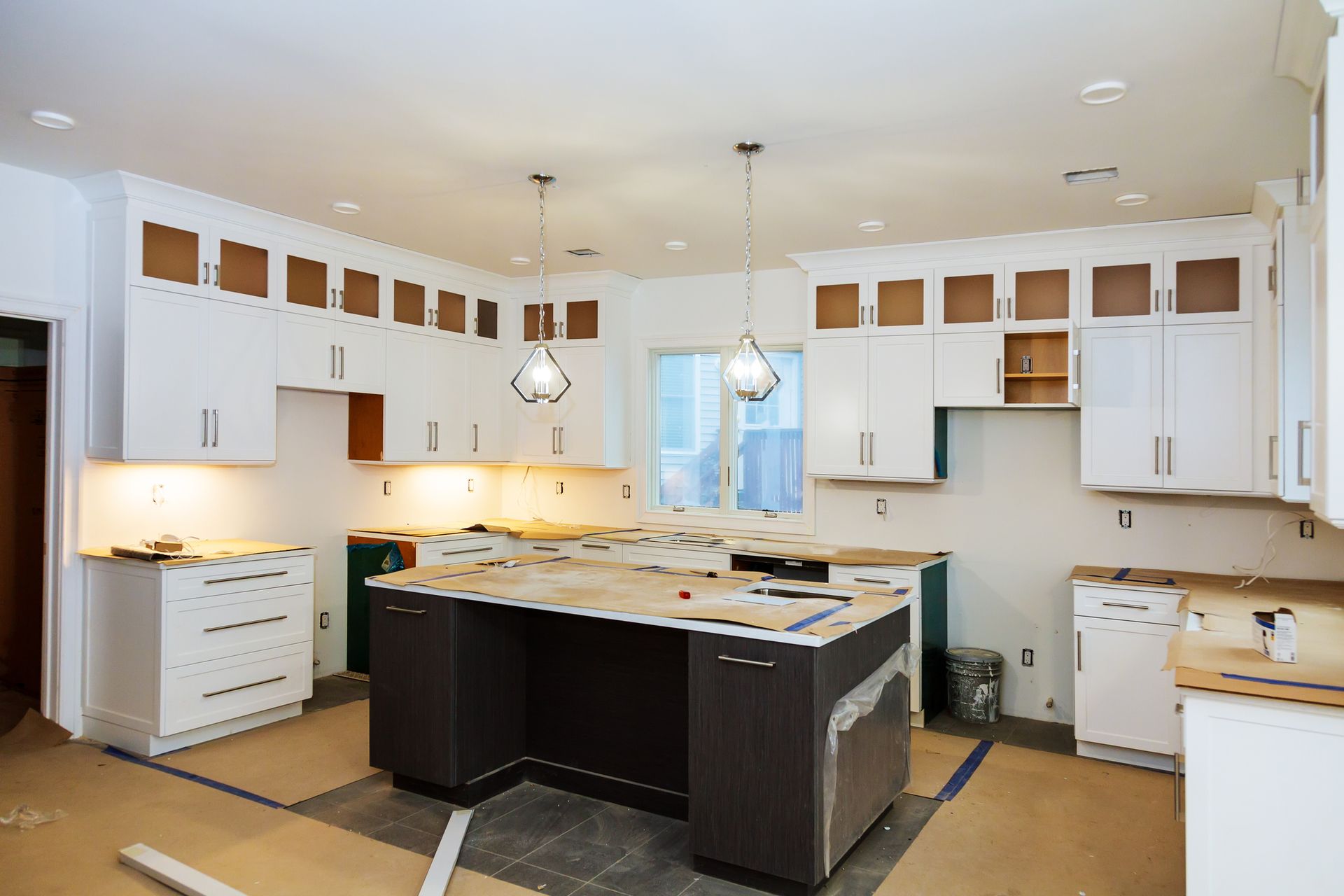Understanding the Causes of Low Water Pressure in Your House
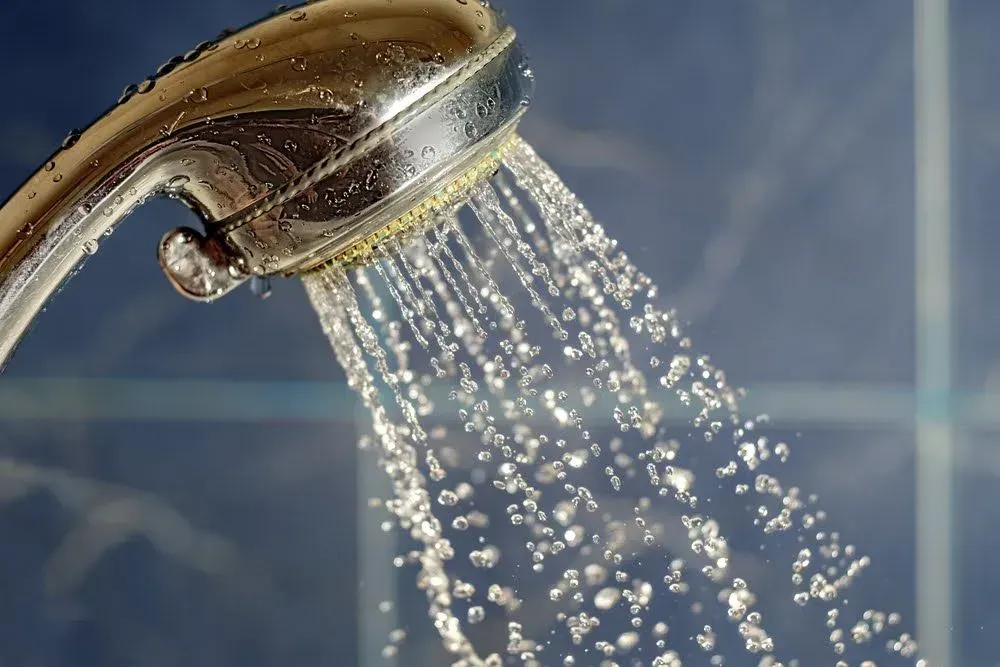
Low water pressure can be a frustrating and persistent adversary. Whether it's a feeble trickle from the showerhead or a slow drip from the kitchen faucet, the struggle is real. Many underlying issues can contribute to this common nuisance. Here are some of the key culprits causing low water pressure and how to tackle them effectively.
Water Main Break
When a water main breaks, it creates a breach in the main distribution pipeline, causing a decrease in the overall water pressure within the system. As a result, the reduced pressure in the main line restricts the flow of water to individual residences and buildings connected to the network.
This reduction in pressure can be exacerbated by the loss of water through the break, leading to a drop in the volume of water available for distribution. The repair process for a water main break may take time, further prolonging the period of low water pressure.
Broken Pressure Regulator
A pressure regulator controls and maintains the water pressure within a desired range. It works by reducing the high pressure of the main water line to a lower, more manageable pressure for household use. Typically, it ensures that the pressure remains stable, preventing potential damage to pipes, fixtures, and appliances due to excessively high pressure.
A faulty regulator may fail to reduce the pressure adequately, resulting in water flow at a lower pressure than required for normal household activities.
Clogged Pipes
Clogged pipes in homes can result from various factors, with one of the primary reasons being the accumulation of foreign materials within the plumbing system. This buildup often comprises substances such as grease, hair, soap residue, and food particles, which gradually restrict water flow through the pipes. In addition, mineral deposits from hard water can precipitate and constrict the inner diameter of pipes, leading to blockages over time.
Furthermore, tree roots seeking water sources can infiltrate and grow within underground pipes, causing significant obstructions. Similarly, structural defects, including pipe misalignments, bellied pipes, or even collapses, can impede the flow of water, eventually causing blockages. In some cases, improper disposal of non-biodegradable materials like sanitary products, wet wipes, and paper towels can accumulate and lead to stubborn blockages, requiring professional intervention for removal.
Corroded Pipes
Corroded pipes in homes are primarily caused by chemical reactions between the pipe material and its surroundings. The pH level of the water can play a role, with either highly acidic or highly alkaline water accelerating the corrosion process. Another factor is the composition of the pipe material itself, as certain metals like iron and steel are more prone to corrosion than others.
Outdated Fixtures
Some plumbing fixtures in your home may be old-fashioned or no longer in line with contemporary design and efficiency standards. These can include antiquated faucets, showerheads, toilets, and sinks that consume excessive water, lack modern features like water-saving mechanisms, or exhibit signs of wear and tear. These fixtures might also lead to low water usage.
Leaking Pipes
Natural wear and tear over time can weaken pipes, leading to cracks or fractures. Corrosion can occur in older metal pipes, resulting in tiny holes and subsequent leaks. Excessive water pressure can strain pipes, causing them to burst. Faulty installations or aging plumbing fixtures, such as faucets or valves, can also contribute to leaks.
Additionally, blockages within pipes due to debris or mineral buildup can create pressure imbalances and lead to leaks. Moreover, extreme temperature fluctuations and shifting foundations can strain pipes, resulting in water leakage.
Even minor leaks in the piping system can lead to a significant drop in water pressure over time. Leaks not only waste water but also compromise the overall water pressure within the household. Ignoring or delaying the repair of leaking pipes can exacerbate the issue, leading to more extensive damage and costly repairs.
If you notice low water pressure in your home, consult Oak Creek Plumbing and Remodeling. Contact us for more information.
